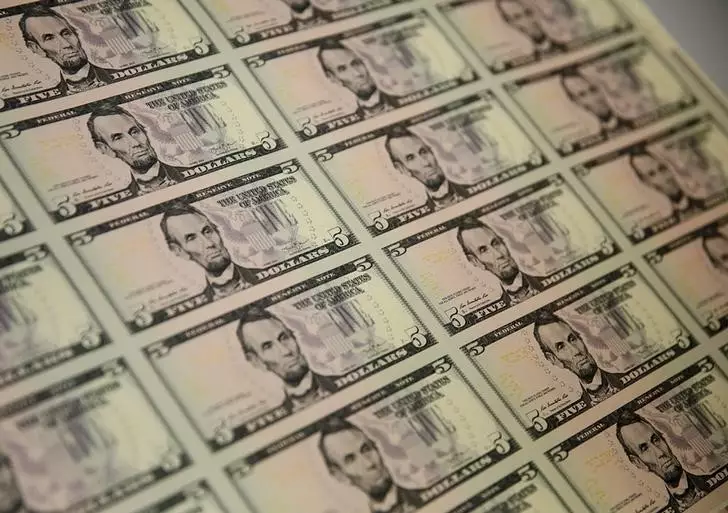The Shifting Landscape of Global Currencies: UBS’s Insights and Forecasts

UBS has recently shared its analysis regarding the US dollar, advising investors to cash out on any short-term gains. This strategy reflects a broader skepticism about the dollar’s performance in the medium term, as UBS anticipates declining strength in the currency driven by various economic factors. While short-term opportunities might present themselves, especially during September, a month characterized by a typical uptick in the dollar’s value, the overarching sentiment is bearish. The firm points to the Federal Reserve’s cautious demeanor regarding interest rate adjustments—specifically, their reluctance to exceed a 25 basis-point cut—as a significant influencer on the dollar’s trajectory.
Current market analysis shows that speculative positions against the dollar are heavily concentrated in the Euro and the British Pound. Both currencies are regarded as potentially fragile in the wake of shifting economic dynamics. However, UBS remains optimistic about the GBP in the event of price corrections, recommending a buy on dips. They note a historically favorable period for the pound in the late months of the year and highlight a more robust domestic interest rate outlook as positive contributors for the GBP.
In contrast, the outlook for the Japanese Yen appears neutral. The analysis suggests a paring back of short positions funded through the yen, alongside a resurgence in the yen’s inversely correlated relationship with equity markets, which boosts its status amid G10 currencies.
The Swiss Franc has shown notable resilience, attributed to a lack of substantial intervention from the Swiss National Bank (SNB). UBS expects the Franc to maintain its strength as those with short positions start to unwind. Their outlook places the EURCHF target at 0.93, reflecting a shift in the currency dynamics in the Eurozone.
UBS’s database tracking cross-border mergers and acquisitions indicates an increasingly negative sentiment surrounding the Euro, Australian Dollar, and Swedish Krona, while the GBP and JPY display a more favorable outlook. This divergence emphasizes the volatility in currency valuations influenced by international business activities.
The report also sheds light on Australia’s economic indicators, particularly concerning Foreign Direct Investment (FDI), which has shown a commendable surplus—the highest recorded since pre-pandemic levels. Despite a rising current account deficit, the stability of Australian goods export volumes is encouraging, marking a resilient economy. The decrease in commodity prices paired with elevated import levels indicates robust domestic demand. UBS argues that this suggests any adverse impact on the AUD might be tempered given the currency’s limited appreciation during previous commodity booms. Their constructive view on the Australian dollar reflects an inherent confidence in the nation’s economic fundamentals.
UBS’s comprehensive analysis highlights critical shifts in currency trends, emphasizing the US dollar’s declining prospects against the backdrop of global economic recalibrations. Investors are advised to remain vigilant as dynamic market conditions unfold, with significant opportunities and challenges lingering within the currency landscape.





